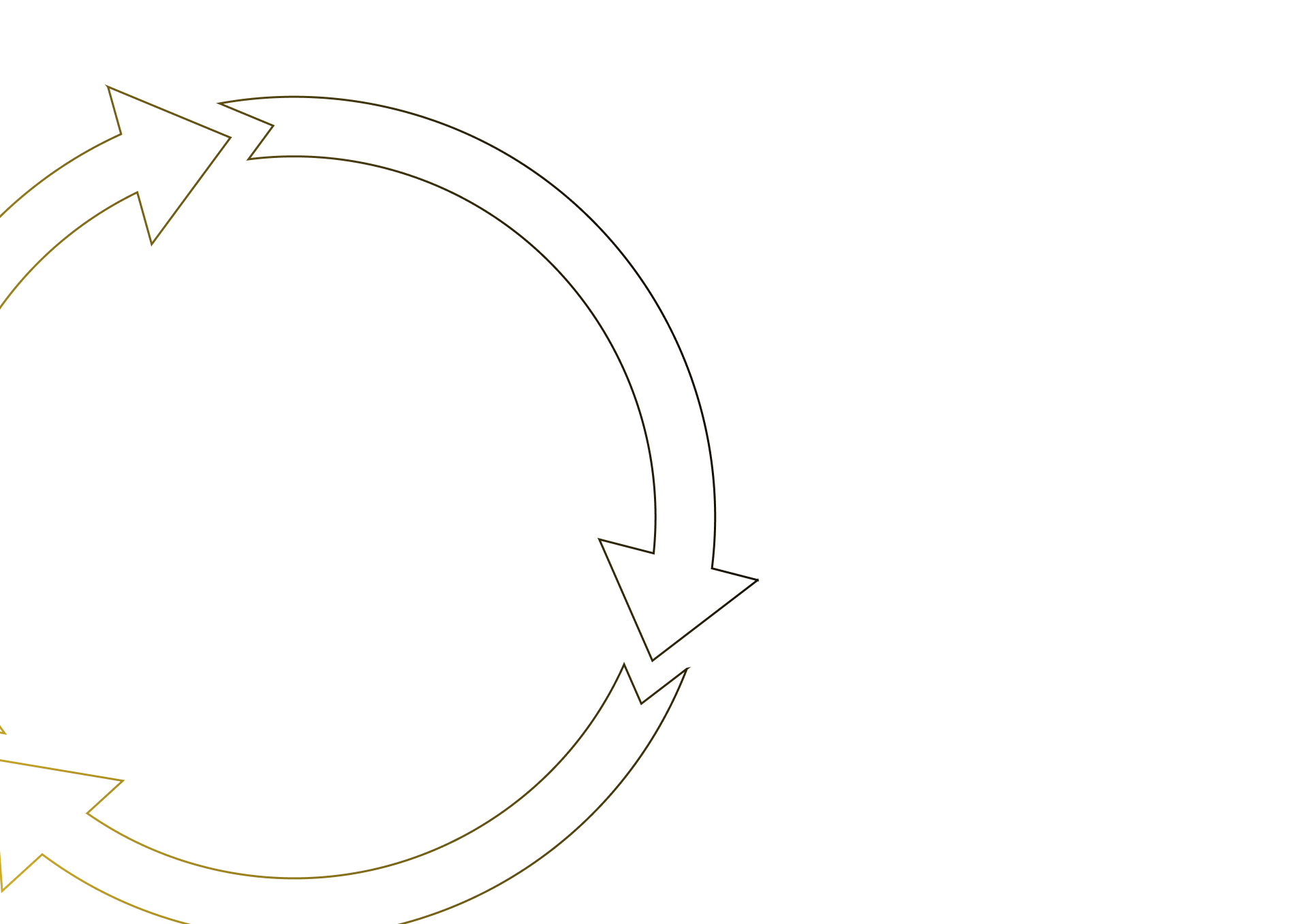| Site / risk assessment |
Slip trip falls |
|
Vigilant, move trip harzard, wear slip resistant shoes |
|
|
| Move furniture, contents (Pack out) |
Strains, Sprains |
|
Use, trolleys, dollies, furniture sliders or straps. 2-man lifts, empty contents/ draws from furniture items to make lighter. Engage specialist where required |
|
|
| Setup Containment |
Strains, Cuts, inhalation |
|
While cutting timber framing to build containment can cause cuts or dust inhalation, use cut resistant glove and dust masks, if applicable setup vacuum attachment to saw to capture dust. Carry heavy timber and rolls of plastic may require 2 persons or pre cut to size at warehouse. |
|
|
| Setup Neg air/ HEPA filtration machines |
Electric shock, Strain |
|
Do not carry the 2000cfm + machines, use the wheels, use ramps where required. Plug electrical cables into RCD and make sure both the machine and RCD are in good working order in current test dates. |
|
|
| Removal of N/S flooring, skirting boards plaster board, (soft strip outs) |
Strains, Cuts |
|
Wear cut resistant gloves, long sleeves and long pants to prevent nails, screws and sharp edges cutting the skin. Cut into small sections to easily lift and curry to skip bin or in Heavy duty garbage bags for disposal at warehouse bin. |
|
|
| Use of power tools, Vacuums Sanders etc. |
Stains, Trip hazards, Electric shock. |
|
Tape down electrical leads to side so not to leave a trip hazard for the occupants or works. Always plug into current RCD’s. Wear cut resistant gloves dust masks P2 or above. Sealed eve protection |
|
|
| Cleaning, Antimicrobial treatment |
Chemical burn, risk of splashing in eyes etc. |
|
If spraying/ Fogging the chemical, coveralls, full face mask, chemical gloves boot covers all need to be worn and taped over. If chemical is in a bucket and applied with a cloth, a minimum of gloves and eye protection must be worn. Read MSDS to see if a particular chemical requires Vapour masks to be worn when in use. |
|
|
